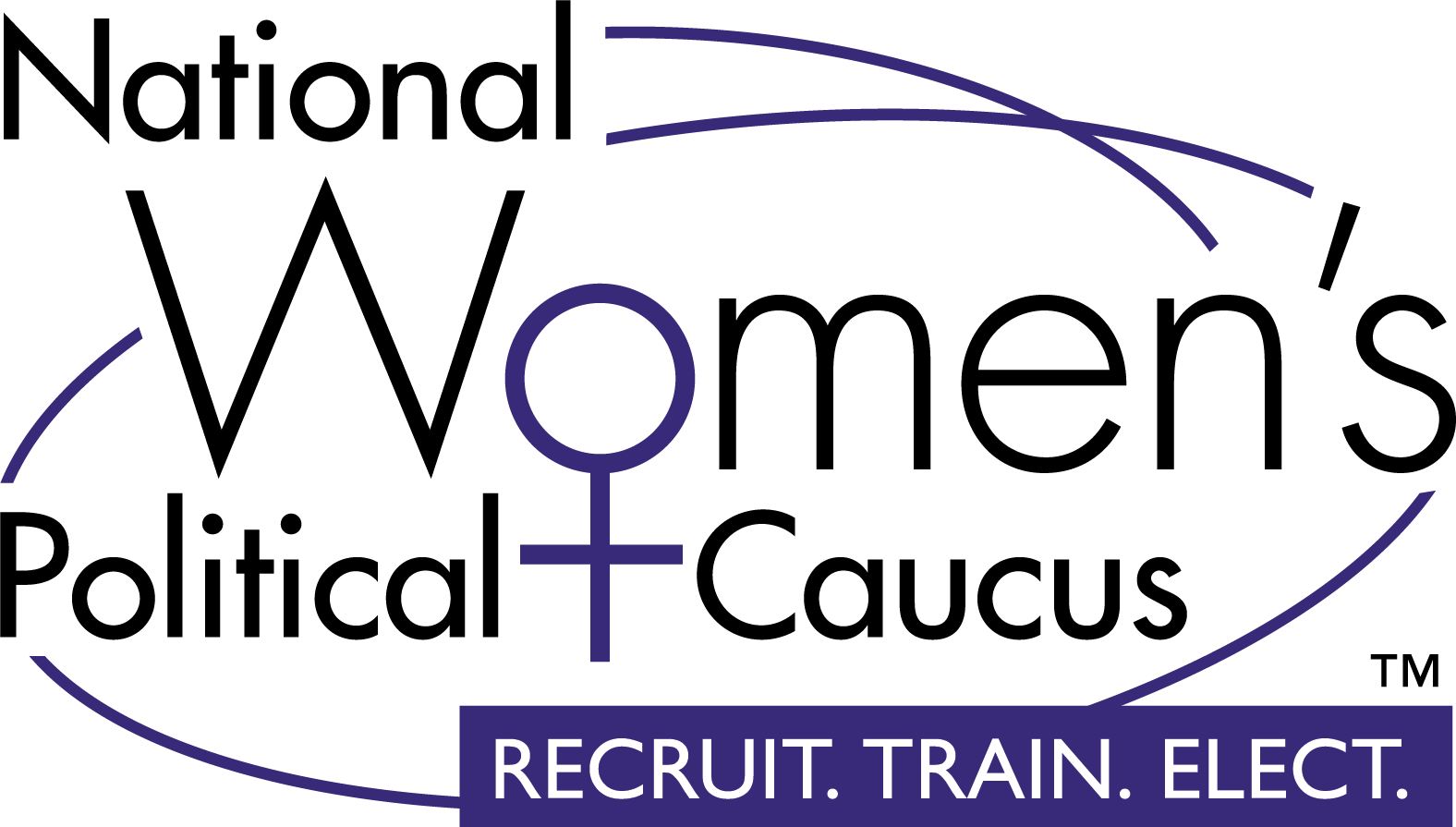By Dr. Carmen Schaye, NWPC Vice President of Diversity
When the field of Democratic candidates took to the debate stage on the 26th and 27th of June, it marked a historic moment in the political landscape of the United States: it was the most diverse group of candidates (in terms of race and gender) that the country had ever seen. Eight of the twenty-strong field were either women or people of color and that’s not including Pete Buttigieg: the first openly gay man to make it to the debate stage. When Barack Obama won, in 2008 and 2012, he did it by building a large, multi-racial coalition of voters. It is this path to the White House that the Democrats are attempting to re-tread.
Obama was able both to energize the black vote (a record two-thirds of eligible black voters turned out in 2012) whilst appealing to white, working-class voters in the industrial mid-west. When Hillary Clinton lost in 2016, she saw her democratic vote erode at both edges: not only did the black vote drop for the first time in twenty years (by over 700k, but the white working-class voters in places like Michigan, Ohio, and Pennsylvania shifted to Donald Trump in droves. The Democrats are determined not to make the same mistake twice and their field reflects the importance of coalition-building in an increasingly diverse nation.
All of which brings us to the Democratic front-runner: 76-year-old Joe Biden, the pride of Scranton, Pennsylvania. In much the same way as Hillary Clinton, doubts are being cast on the debate stage about whether Biden can energize the black vote that has been key to democratic success in recent history. The Democratic Party membership is rapidly becoming more diverse: according to The Pew Research Center, in 1997 75% of registered Democrats were white, by 2017 this figure was down to 59% and this trend is set to continue. This puts Biden at a distinct disadvantage; he has almost 50 years of positions to defend, including support for the “law & order” legislation of the 80s and 90s, which led to the disproportionate incarceration of minorities, as well as a stated willingness to work with segregationist Senators who were still a lingering remnant in American political life when Biden entered the US Senate in 1973. This has opened him up to attack from Cory Booker and Kamala Harris and raised legitimate questions over his ability to mobilize the vital black vote that was key to his and Barack Obama’s victories in 2008 and 2012. He is still ahead in the polls, however, even among black voters, who see his legacy as Obama’s VP as the headline and, as yet, see rest as detail. The key to his success in both the primaries and any hypothetical presidential election will be how closely he can tie himself to the former President and whether these progressive attacks on his record will be enough to tarnish his image in the minds of minority voters. If he can withstand this attack, then he will certainly challenge Donald Trump for the white working class, midwestern vote in the key swing states. The coalition is, once again, key.
Hillary Clinton lost in 2016 for several reasons, but key amongst them was the shedding of the white, working-class vote to Donald Trump. While it is true that the black vote dropped off significantly in 2016, it would be outright wrong to claim that it didn’t turn out for Clinton in large numbers (in 2016 10% of Trump voters were non-white, compared 40% for Clinton); it was her lack of appeal to the white working-class voters that cost her that vital coalition. It cost her the swing states and demolished the Democratic “Blue Wall” that has been key to Democratic campaign strategy. With this lesson fresh in its mind, it’s easy to see why the Democratic Party likes Biden so much. Consensus on the best coalition-building strategy is far from unanimous, however. Elizabeth Warren and Bernie Sanders appeal ideologically to working-class voters of all races, while Cory Booker and Kamala Harris combine their more centrist liberal policy with a direct appeal to minority voters. These strategies all have something to be said for them. We do, however, have to factor in Trump…
Barack Obama did everything he could to calm America’s racial divisions, rarely playing on race explicitly or overtly and repeatedly calling for unity at times when racial tensions flared, as they did during incidents like the shooting of Trayvon Martin in Florida, in 2012. This was both a genuine desire, on the part of the former President and sound Democratic strategy. A diverse coalition is easier to build when racial tensions are lower. Predictably, purposely and (most importantly) successfully, Donald Trump has done everything he can to inflame and divide the country along racial lines, making the formation of coalition more difficult. His path to success depends on an energized base and, while the GOP membership has, and continues, to diversify, it remains predominantly a white party (between 1997 and 2017, the proportion of white, GOP members fell from 92% to 83%.) It simply not in Trump’s interests, currently, to make large-scale overtures to minority voters- and he always acts in his own interest. This is the battle: Can Democratic attempts to unify, overcome Trump’s attempts to divide? Trump may be unpopular overall (support for his impeachment is at an all-time high) but among his base, he is exceptionally popular. Persuading some of these white, working-class voters to join a progressive coalition will be an important part of unseating him. Finding the right candidate is as important as it ever has been. Once again: the coalition is key.

